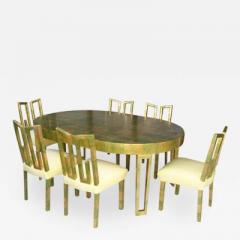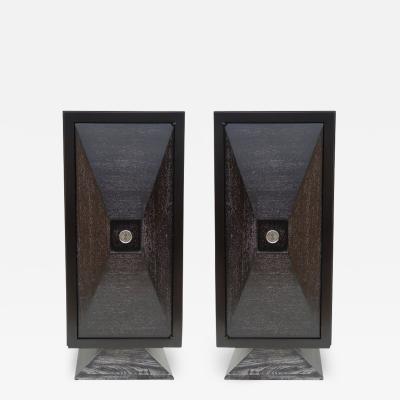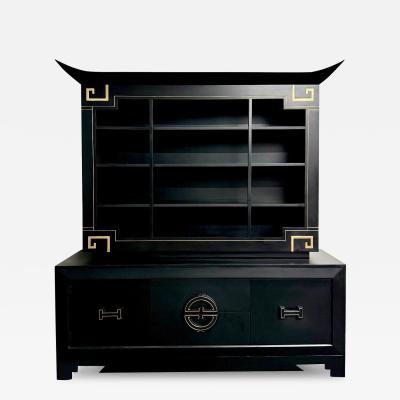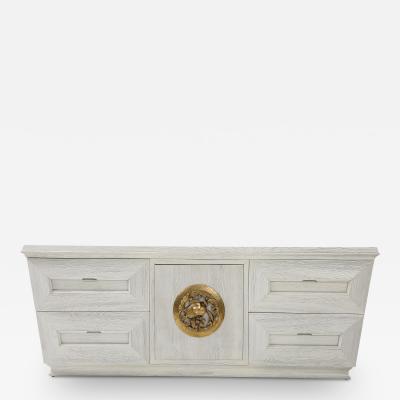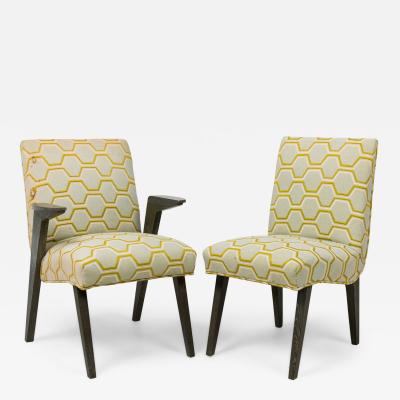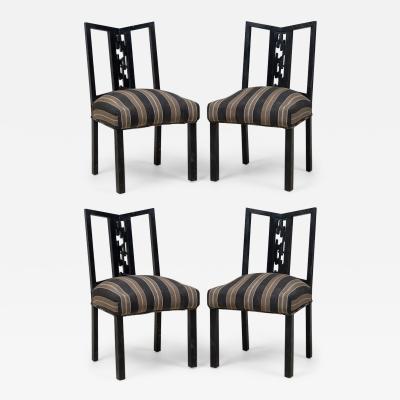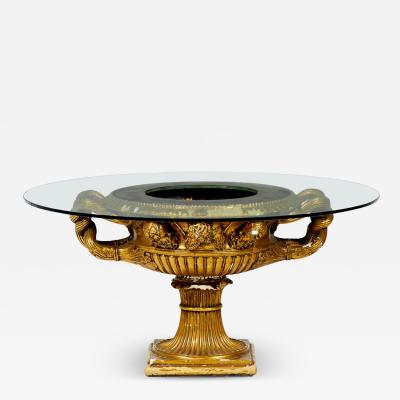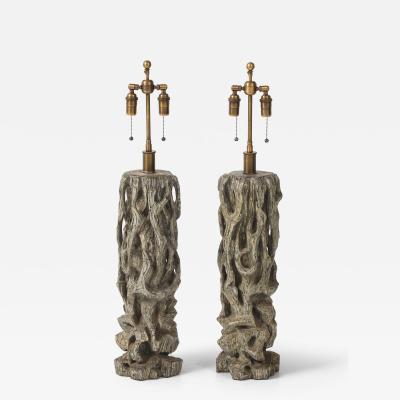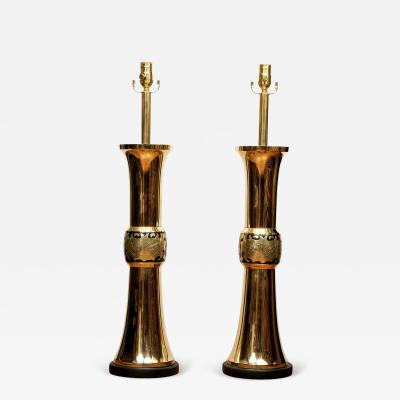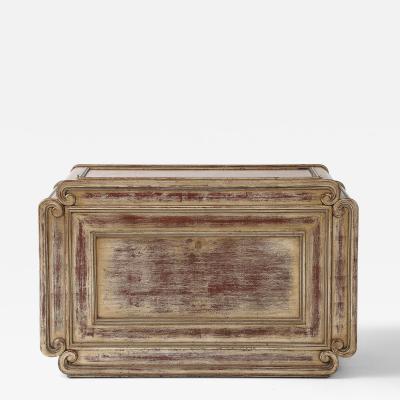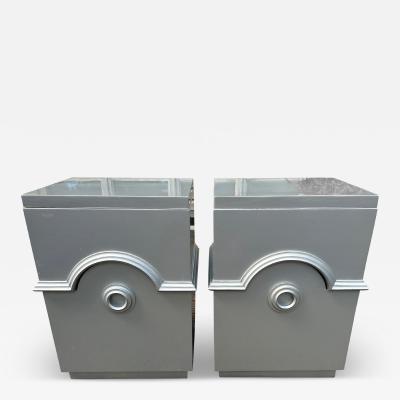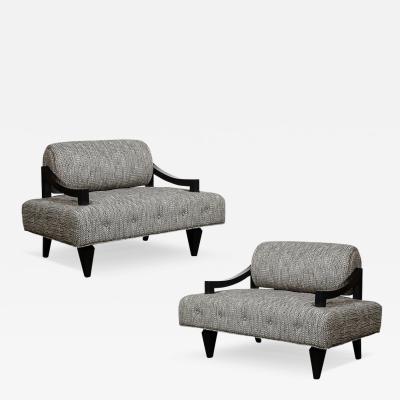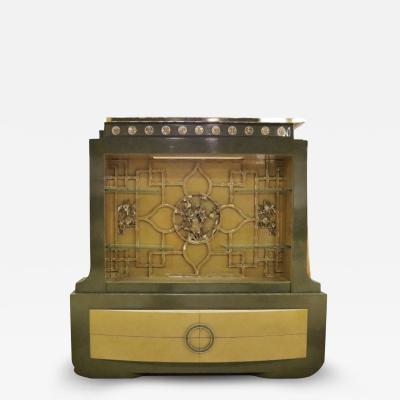James Mont
Honorary mafioso, Sing Sing inmate, friend to the stars—mid century modern design master James Mont’s loud and lavish life could put a Hollywood drama to shame. His charismatic nature and opulent yet elegant style made him a favorite among celebrities, while his rebellious streak and penchant for excess earned him a reputation as the mob’s go-to guy. But it was Mont’s unwavering attention to detail, his unapologetic taste for luxury, and his masterful ability to incorporate classic elements into modern pieces that have cemented his legacy as a true pioneer of modern design.
Born in Istanbul, Mont’s Greek-Turkish family emigrated to the United States in 1922. After settling in Brooklyn, Mont opened a small electrical shop, where he sold hardware as well as lamps of his own design. After his work caught the eye of a local mobster, who acquired a few of his pieces, Mont’s career began to take off. He opened a waterfront lamp shop in Atlantic City and continued to rub shoulders with mafiosos, who were soon enlisting him to redecorate their homes. By 1932, Mont had established a successful design business as well as a storefront on Fifth Avenue, which was rumored to have been bankrolled by the mob. During prohibition, Mont began designing bars, including a brilliant collapsible home bar, which he patented.
Mont soon branched out and began designing a line of home furnishings and chairs. A succession of shops in Manhattan, Atlantic City, Amityville, Miami Beach, and even Greece, followed.
Despite the tumult, Mont cultivated a style that was fascinating and distinct. While he always leaned toward the glamorous and opulent, Mont’s furniture became more refined over the years, especially after his release from prison. Commanding, sleek, and elegant, his works from this time exude an alluring mix of glamour and exoticism. During this period, Mont launched Moderne Modes—a five-story workshop and showroom that employed approximately fifty workers. By 1952, he was once again struggling financially and was forced to liquidate his inventory and sell his personal collection of Asian artwork. He went on to rebound and continued to receive commissions up until 1970s. He died in 1978.
